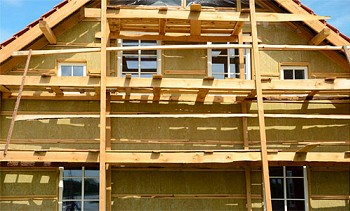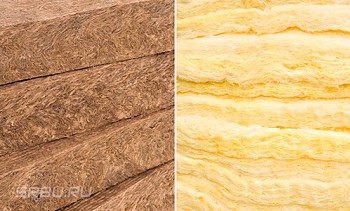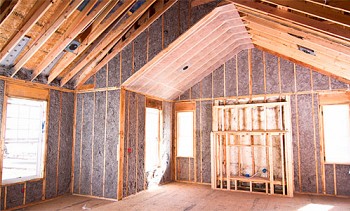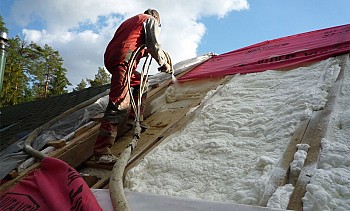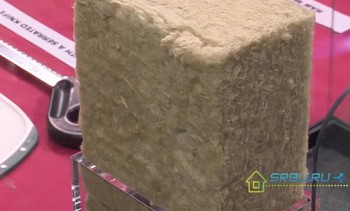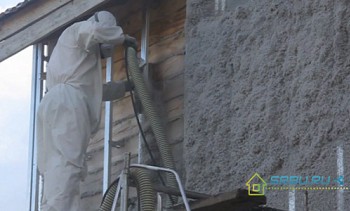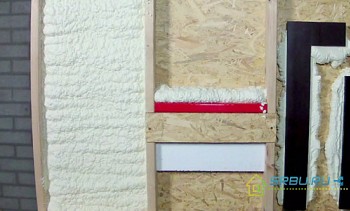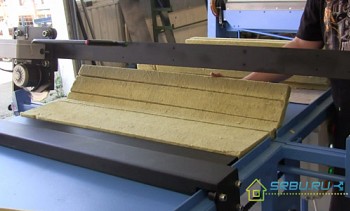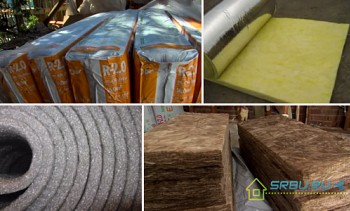There is a heater, which bears many names, various manufacturers call it penoizol, unipol, mipora, mettemplast. However, the essence of this does not change - this heat insulator, which is a modified foam, has several advantages. So, penoizol, the characteristics of which will be discussed later, not only copes well with the main task - thermal insulation. It is also not afraid of fire, and also does not contain any harmful components. Due to its special composition, this eco-friendly material compares favorably with traditional heat insulators. With its application, it is possible to reduce the cost of construction without losing quality.
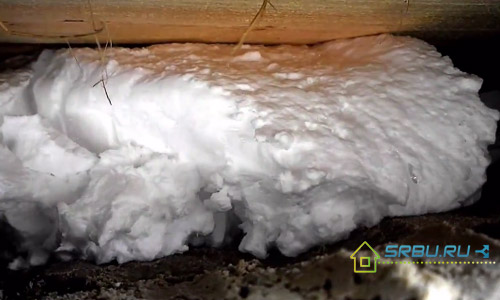
About the composition of penoizol
This insulation is similar to pastille or marshmallows. It is quite simple and economical to produce it, since inexpensive material is used as raw material. If everything is done correctly, according to the recipe, then the output will be polystyrene, but not solid, but semi-liquid. When the resulting mass dries, it turns out that it is very elastic, and all the dents from impacts on it quickly straighten out. In addition, penoizol is not afraid of moisture and stores heat for "five plus."
To prepare this heat insulator, one of the varieties of urea resins is taken, adding acid and a special foaming substance to it. Strictly defined parts of these components are placed in a device into which compressed air is supplied. It allows you to get in the end a lush foamy mass, which immediately, until it has frozen, is used to fill cracks and voids. The foam that has just emerged from the sleeve of the device has a white color and a jelly-like consistency. It densely fills all the air gaps, does not burn and perfectly insulates the structure.

Filling penoizol on the surface of the attic.
Fresh foam does not harden immediately. At first, 10 or 15 minutes after its manufacture, it only sets slightly. After 3 or 4 hours, the foam becomes solid, but not yet very strong. It gains strength in a couple of days (sometimes you have to wait 3 days). During this time, penoizol finally dries, acquiring all its remarkable properties in full. The quality of thermal insulation is excellent, but the costs are very small. By the way, in comparison with other materials, the speed of installation of insulation increases by 4 or 5 times. And the possibility of using in lightweight constructions promises a promising future for penoizol.
All over the world this material is widely used today, and consumers highly value the properties of penoizol.
In terms of applying to the surface, this insulation is somewhat reminiscent of polyurethane foam, the properties of which were considered in the article:Properties and characteristics of polyurethane foam its advantages and disadvantages.
Feature Details
About the ability to conduct heat
The thermal conductivity of this insulation is very low - its coefficient ranges from 0.031 to 0.041 watts per meter per Kelvin. If you lay the walls with just a ten-centimeter layer of this material, the house will immediately become warmer. Thanks to this, heating will cost several times cheaper. So all costs associated with insulation are fully compensated for one winter. A layer of penoizol can be from 5 centimeters to one meter. What it should be, the landlord decides.
About fire resistance
The combustibility group of penoizol is defined as G-1, and the flammability group is B-2. This means that this material compares favorably with most polymers - it not only does not ignite, but does not even melt from fire.The D-1 group was assigned to it by the degree of smoke, and the T-1 group by toxicity. You can use this insulation in a wide temperature range: from minus 60 to plus 80 degrees Celsius.
Imagine this situation: the ambient temperature is such that even the metal has melted. What will happen to penoizol? It's okay - it just evaporates quietly, without emitting any harmful substances. As for smoke, with an open fire it emits 10 times less than that of expanded polystyrene (polystyrene).
Video: Does penoizol burn
About chemical and biological resistance
Too many heat insulators are afraid of mold, covering themselves in a humid environment with black coating. But penoizol does not take any fungus, as, indeed, other microorganisms. Mice and rats, who love to gnaw several moves in the insulation, also do not touch penoizol. It absolutely does not react to organic solvents and chemically aggressive environment. So, they can safely insulate attics with basements - nothing will threaten your products.
About moisture absorption
Penoizol absorbs water well, but also gives it without any consequences. In this way, it differs for the better from mineral wool, the quality of which deteriorates after wetting and drying. And at least something to penoizol - it, having dried, also perfectly keeps heat. Moreover, it absorbs no more than 1/5 of the moisture, subsequently evaporating it. Therefore, where this material is used, the walls will not warm, but a gap for ventilation should be provided. Otherwise, fungus and mold cannot be avoided.
Since penoizol is hygroscopic, the walls of the room insulated by it receive the possibility of free "breathing". This provides a comfortable environment for people living in the house. However, for the walls themselves it is very useful - they are slowly destroyed. During the day, the insulation absorbs moisture from 10.5 to 20 percent.
About the ability to pass air
Air passes through structures insulated with penoizol. In this case, the humidity in the room is regulated by itself, without extraneous exposure. Living in such a house is very comfortable - with a constant influx of fresh air, as well as the optimal ratio of heat and moisture in it.
About Strength
The materials of the foam group are highly technological due to their special softness. Due to this, they are well adjacent to all the irregularities of the building structure - it is enough to accept a little material. Therefore, neither gaps nor voids are formed, and the level of thermal insulation is "at altitude". But the strength of neither bending penofol is very weak and breaks with little effort. And now we list the technical characteristics of penoizol for strength. So, if you apply a linear ten percent strain to it, then the compressive strength will lie in the range from 0.07 to 0.5 kilograms per square centimeter. When bent, this indicator will be from 0.1 to 0.25, and when stretched, from 0.05 to 0.08 kilograms per square centimeter.
About longevity
Through experiments, during which the longevity of penoizol was investigated, it was possible to establish that the insulation applied to the vertical type structures can last from 30 to 50 years. This is confirmed by the data obtained by analyzing the use of similar polymers in construction.
Table of values of the technical characteristics of penoizol
| Options | Minimum and maximum values |
|---|---|
| Thermal conductivity, (W / m) * С | 0,028 — 0,047 |
| Density, kg / m3 | 5 — 75 |
| Ultimate compressive strength (at 10 percent linear deformation), kg / cm2 | 0,07 — 0,5 |
| When bending, kg / cm2 | 0,10 — 0,25 |
| Tensile kg / cm2 | 0,05 — 0,08 |
| Water absorption in 24 hours (by weight),% | 10,5 — 20,0 |
| Humidity (by mass),% | 5,0 — 20,0 |
| Operating temperature range, 0FROM | -50/+120 |
| Lifetime | 50 years |
About the minuses of penoizol
Naturally, not one building material can consist of advantages alone. And buyers are wondering where the catch might be. So, this substance, poured into crevices and openings, does not increase its volume at all. On the contrary, its shrinkage is from 0.1 to 5 percent. But only if everything is done correctly.And if the master’s hands grow in the wrong place, then he can use poor quality raw materials, and the installation is not the most perfect.

In this photo you can see the result of the hack work.
There are reviews suggesting that penoizol smells unpleasant during drying, releasing toxic substances. This can only happen when a cheap urea resin is used, which should not be used. Dishonest contractors can save both on raw materials and using an outdated plant for material production. Such a cheap model is not capable of injection molding. So remember: if penoizol smells unpleasant and strong, you were simply deceived.
And as for the harmfulness, we say the following: during the polymerization of the material, a certain amount of gases with a certain smell is released. These are formaldehydes. Naturally, they can hardly be called useful. But after all, many paints and varnishes smell much stronger and more unpleasant. And penoizol, as soon as it dries completely, ceases to exude any smell. By the way, manufacturers assure that formaldehydes emitted by the material have an extremely low concentration. A hygienic certificate confirms this. However, the choice is yours - you can take a natural heat insulator, if in doubt.
So, we can conclude that the main disadvantage of this insulation is the pursuit of profit of unscrupulous manufacturers who take raw materials worse and cheaper, but do not comply with the technology. And pay for it to us. Sometimes companies that claim that they have been producing penoizol successfully for a long time also release marriage. So look at both!

